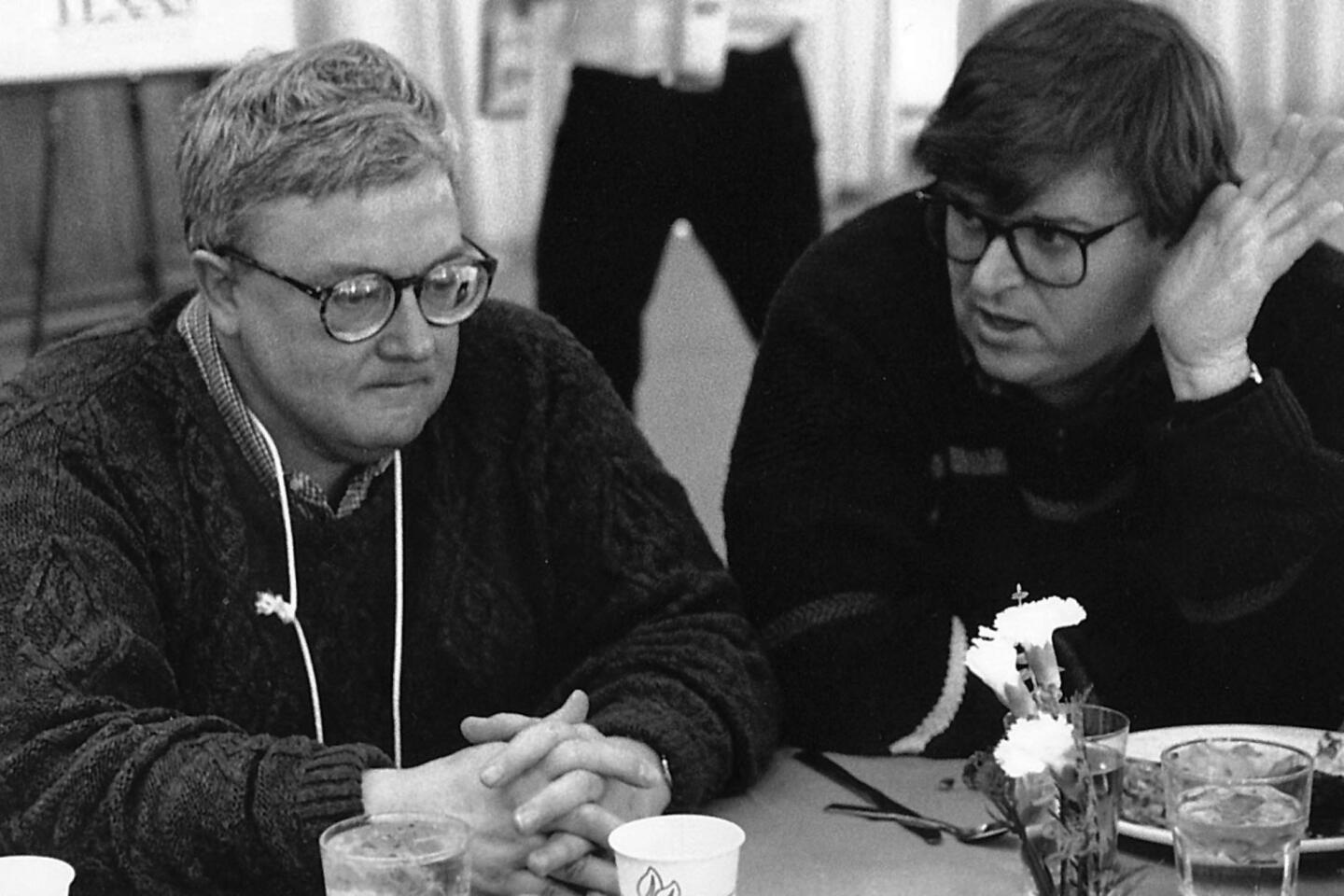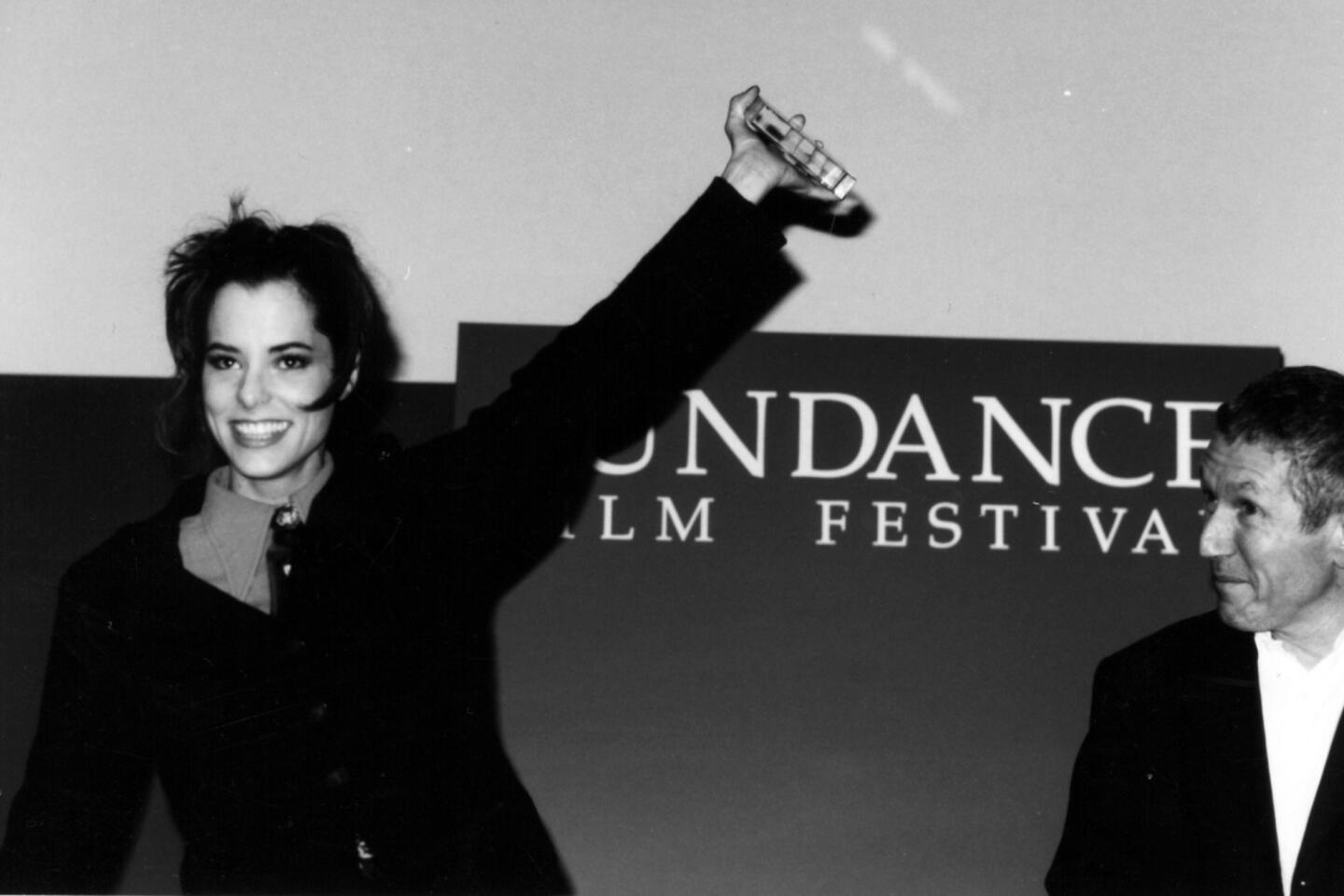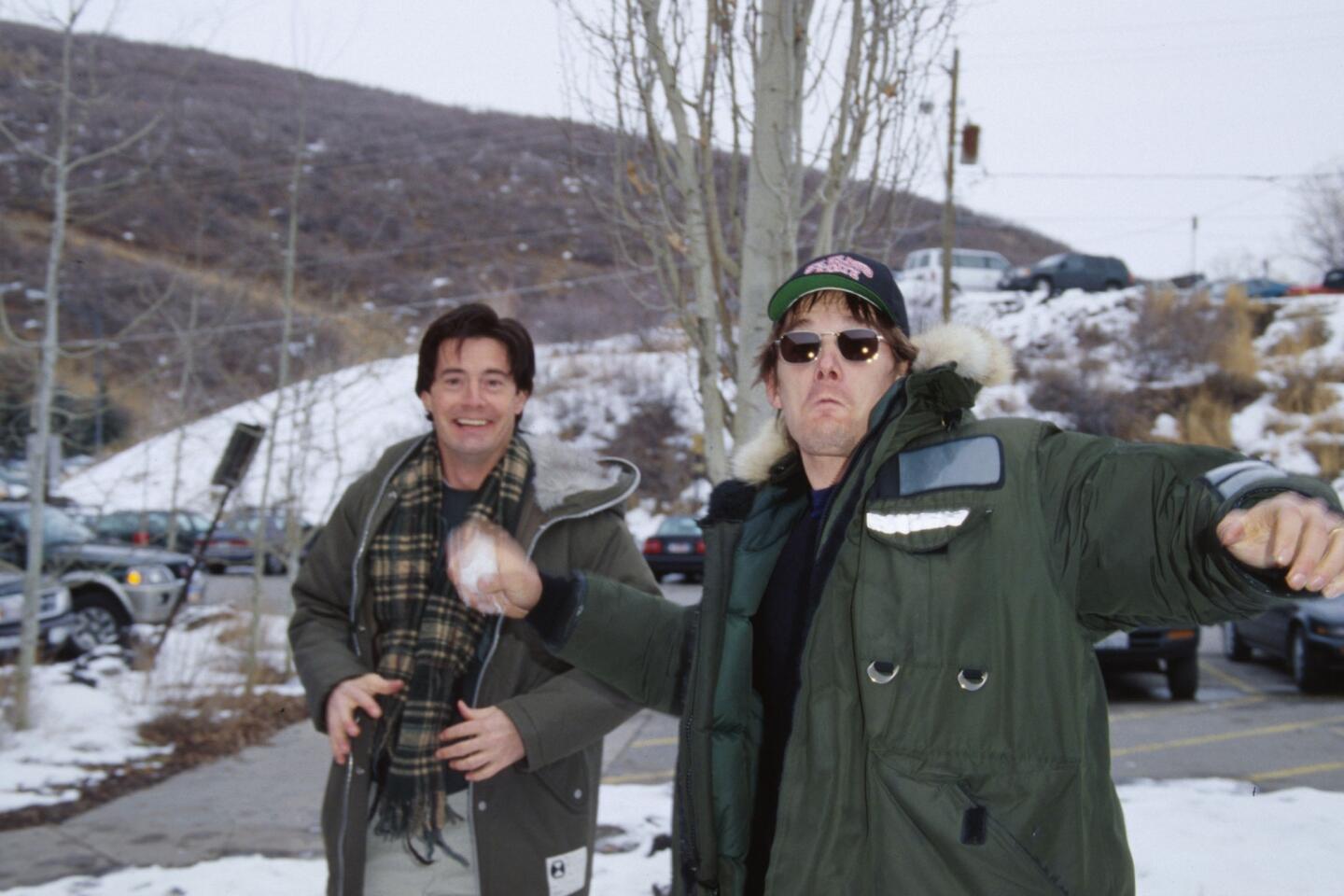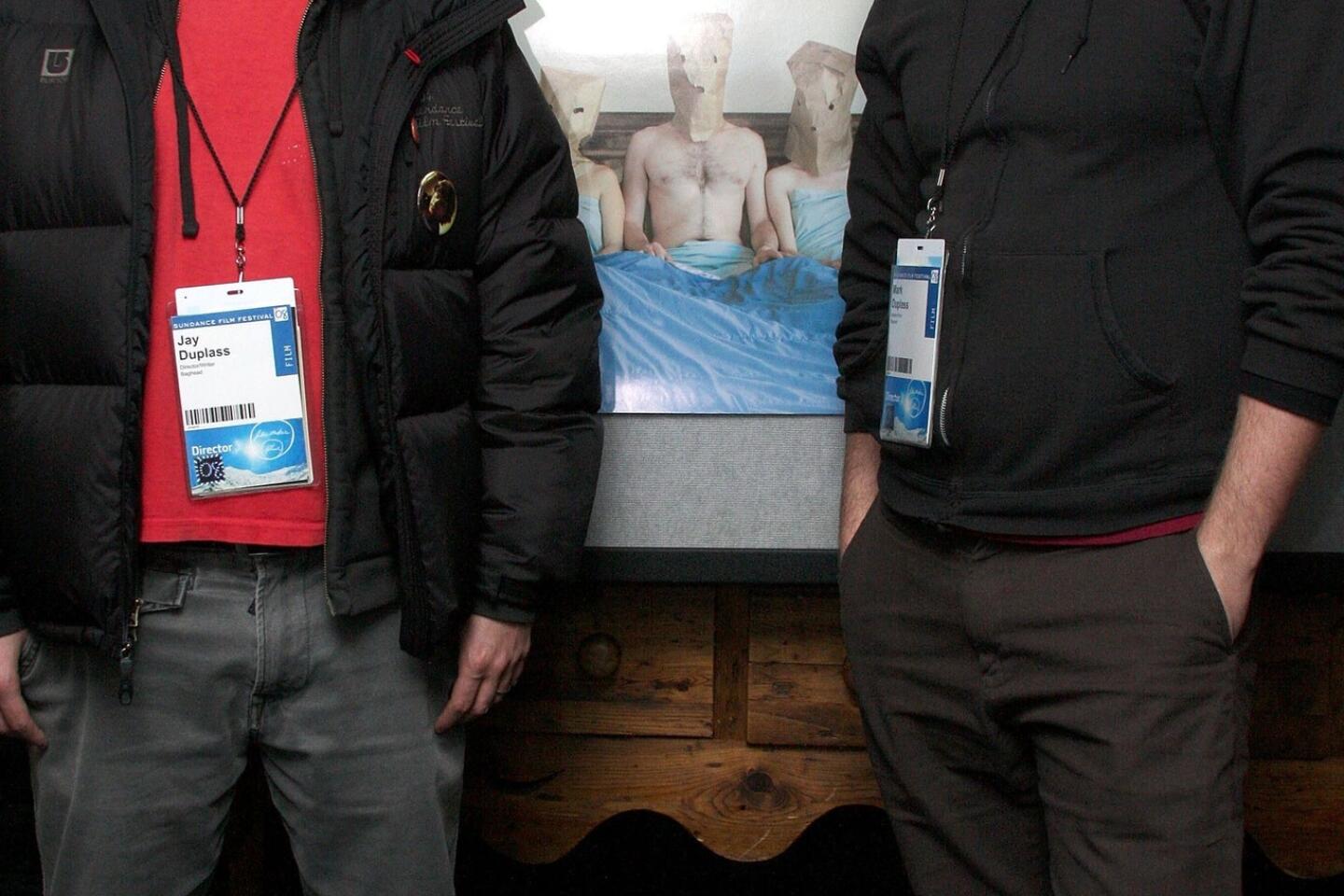‘E-Team’ and ‘Life Itself’: For a critic, these docs get personal
- Share via
“If you live long enough,” says a character in an Isaac Bashevis Singer novel, watching an elegant 19th century Polish aristocrat dancing with a beautiful Jewish peasant girl, “you see everything.”
If you are a film critic long enough, what you see are not unexpected dancing couples but excellent documentaries about people and institutions you have strong personal connections to. That’s happened to me at this year’s Sundance Film Festival not once but twice.
Having its world premiere Saturday was “E-Team,” directed by Kate Chevigny and Ross Kauffman (the Oscar-winning “Born Into Brothels”). It’s the story of specially trained emergency investigators who go to places like Syria and Libya for Human Rights Watch, an organization whose mission I know well and whose staff I’ve met.
BEST MOVIES OF 2013: Turan | Sharkey | Olsen
My connection to “Life Itself,” directed by Steve James (“Hoop Dreams,” “The Interrupters”) and screening Sunday, is even more direct. Its subject, celebrated film critic Roger Ebert, was a colleague and friend for two decades before his death last year.
Aside from the pleasure of recognizing familiar faces on the big screen, seeing these two films made me wonder what knowing the people involved might tell me about the nature of documentaries in general and these films in particular.
Would personal knowledge bring me closer to the film and make me more empathetic as a critic than I’d otherwise be? Maybe, but what about the journalistic chestnut that if you read a story about something that happened in your neighborhood, you quickly see all the errors? Would knowing more about the subject make me more critical, more willing and able to point out flaws others might not see? Would I have insights that in some way might be of wider interest?
GRAPHIC: Faces to watch 2014 | Entertainment
With “E-Team,” what I noticed first were small things, things that pointed up the ways a film has to make up its own rules as it goes along. . For instance, the group’s crisis investigators are invariably referred to in-house simply as members of the emergencies division. Calling them the E-Team is likely an invention of the filmmakers essential to giving a serious film some pop culture pizazz.
On the other hand, though I’ve heard numerous talks from and stories about these people, “E-Team” is the first time Human Rights Watch has allowed an outside team to film its investigators at length. So I found it compelling to see people I know only in a social context investigating atrocities on the ground, interviewing survivors and jeopardizing personal safety in the pursuit of facts.
“The E-Team” made me appreciate how these investigators balance their time in the field with the essential work of letting civilians know what they do. The film also shows the investigators in intimate at-home time, revealing one of the paradoxes of our contemporary moviemaking culture: The medium almost insists you reveal to complete strangers parts of your life even co-workers may never see.
Biggest box office flops of 2013
“Life Itself” raised other questions. Roger and I largely saw each other during the Sundance and Cannes film festivals, and because we both gravitated toward the same seats at screenings year in and year out, we chatted almost every day. It was at a festival that I introduced him to the Timex Indiglo watch, which he dubbed “the critic’s friend.”
The Indiglo (no surprise) did not make the cut in “Life Itself,” but neither did any mention of Roger’s intense involvement in festivals like Cannes and major cinema events like the Oscars. Those exclusions reminded me that Roger lived such a large life that it was inevitable that parts of it would be left by the wayside.
If you had asked me ahead of time what I would have found most interesting about “Life Itself,” I would have guessed that it would be the parts I knew least about, specifically Roger’s harum-scarum days as a young film critic about town in high-spirited Chicago.
PHOTOS: Celebrities by The Times
Paradoxically, the opposite was true, as I found myself most interested in the way “Life Itself” goes deeper than I expected into the areas of Roger’s life I already knew about. Perhaps that previous knowledge made it easier for me to recognize the singular quality of some of the material that director James and his crew, who’d started on this project five months before Roger’s death, had put on film.
This was especially true about the sections that enlarged my understanding of Roger’s relationship with his remarkable wife, Chaz, particularly as their vibrant marriage took on the cataclysmic series of illnesses that marked the final decade of Roger’s life.
The cascading surgeries that Roger went through would have toppled a less indomitable man, and it was difficult for me to watch the scenes that show Roger in obvious discomfort and pain. But having a behind-the-scenes look at the truth of Roger’s remark that Chaz’s love was “like a wind pushing me back from the grave” genuinely brought tears to my eyes.
When I finished “Life Itself,” my first thought was that this film would be of most interest to people who knew Roger personally. But when I thought more about what I’d seen, about Roger’s remarkable ability to connect with his multitude of fans and enlarge their lives with his passion for film, I realized that it wasn’t just a few people who knew him that well. It was everyone.
More to Read
Only good movies
Get the Indie Focus newsletter, Mark Olsen's weekly guide to the world of cinema.
You may occasionally receive promotional content from the Los Angeles Times.



























